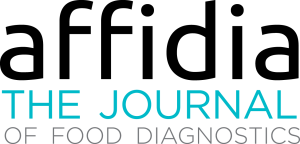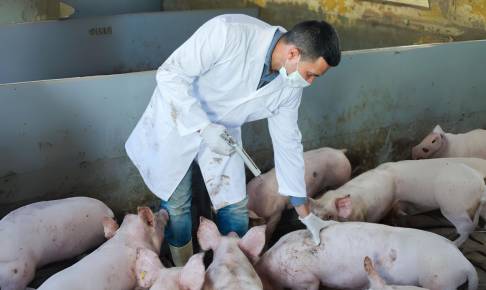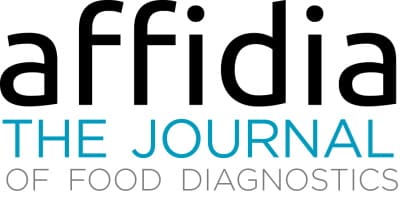The environmental impact of antimicrobial use and abuse
The presence of antibiotics in fresh water: the global antimicrobial resistance threat, inadequate legislation, and technical gaps in water treatment systems.
The worldwide use and abuse of antimicrobials in the past 50 years has had a heavy impact on the planet’s ecosystems. Antimicrobial-resistant genes, already present in bacteria, are now more widely present and threaten humans by contaminating foodstuffs and sources of drinking water. The One Health approach is the only plan that will lead to a safer environment.
In a recent literature survey of 236 published reports from 41 countries, water contamination by pharmaceuticals including antibiotics was extensive due to widespread consumption and subsequent disposal to rivers. Of the 61 substances considered, 25 were antibiotics; ciprofloxacin had the highest concentration among antibiotics at 6.5 mg/l (Goel 2015).
According to the literature, most antibiotics flow into fresh water via effluents from three sources: wastewater treatment plants (WWTP), chemical manufacturing plants, and animal husbandry and aquaculture.
Global usage of antibiotics for human therapy grew by around 65% between 2000 and 2015. Defined Daily Doses (DDD) of antibiotics have increased from 21.1 billion to 34.8 billion for humans (Klein 2018). Additionally, more than half of global antibiotic production is for farm animals (WHO 2015).
Despite the wide-scale adoption of antibiotic use in food animals, official data about the quantity and patterns of worldwide use are not available, just as there are no estimates in the literature regarding the discharge of antibiotics into the environment from these activities. However, according to a well-documented estimate reporting data back to 2013, total annual worldwide consumption of antibiotics by animals is around 130 000 tons (van Boeckel 2017). In the United States, according to data gathered about 10 years ago by the pharmaceutical industry- sponsored Animal Health Institute, about 8 000 tons of antimicrobials were used for animals, of which 1 400 were for non-therapeutic use (Mellon et al. 2001). In the last 30 years, use of penicillin type drugs in farm animals has increased by 600% and use of tetracyclines by 1500% (Mohanta et al. 2012). Many studies have also shown the increasing use of antibiotics in aquaculture but to date there has been no harmonization between the various existing surveillance systems and a clear communication limit between institutions remains (Manage 2018).
As for WWTPs, some studies provide evidence that between 50 and 80% of the antibiotics taken by people end up in the sewage system because they are expelled from the body through catabolic processes (Kummerer and Henninger 2003, Kummerer et al. 2009). These rates vary according to the type of antibiotic: ciprofloxacin ranges from 50% to 80% and tetracycline ranges from 80% to 90% while lower excretion rates are observed for antibiotics like erythromycin (5 to 10%), sulfamethoxazole (15 to 30%), and clarithromycin (25%). Even if purification systems use abiotic or biotic degradation systems, antibiotic molecules are often stable enough to bypass the degradation systems and be released into the environment. Although the environmental concentration is much lower than those that are pharmacologically active in the human body, it is clear that the presence of antibiotics in fresh water can have an impact on human health and ecosystems.
Research indicates t
Download content now




















